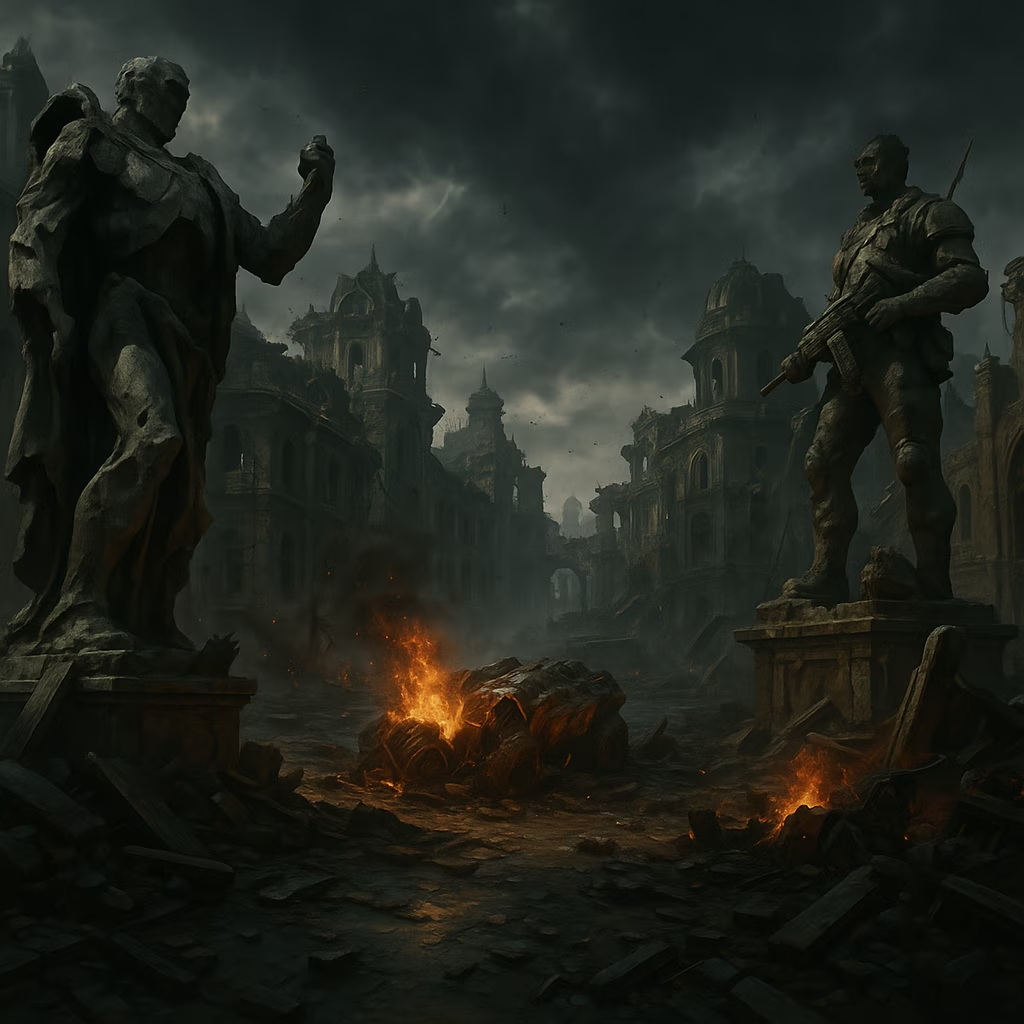Gears Tactics Redefines Soldier Customization in Tactical Genre
Gears Tactics revolutionizes soldier customization with a 17-layer system, blending combat upgrades and personal expression for unparalleled gameplay.

The tactical spin-off of Microsoft's iconic Gears franchise has elevated soldier personalization to unprecedented levels. Unlike traditional strategy games where units remain disposable cogs in a war machine, Gears Tactics transforms every recruit into a canvas for player expression through its granular customization system that surpasses even genre benchmarks like XCOM.
At first glance, the game's barracks screen appears standard – rows of soldiers awaiting deployment. Yet beneath this familiar surface lies a 17-layer customization system that blends practical combat upgrades with cosmetic flourishes. While hero characters like protagonist Gabe Diaz maintain fixed story roles, the true depth emerges when handling the army of unnamed COG recruits.
Three Pillars of Personalization
-
Combat-Ready Modifications
-
Weapon attachments (scopes, magazines, barrels) altering stats
-
Armor pieces with defensive bonuses
-
Class-specific gear loadouts
-
Visual Identity Crafting
-
40+ helmet designs (from standard issue to ornate ceremonial)
-
Body armor color schemes using battlefield-acquired pigments
-
Tattoo placement across arms/chest/neck
-
Personality Signifiers
-
150+ callsigns ("Breaker," "Ironclaw," "Dustwalker")
-
Hairstyle/texture variations
-
Scar patterns reflecting hypothetical combat histories
The armor modification system particularly demonstrates the game's attention to detail. Players aren't just equpping chest plates – they're combining:
| Armor Section | Customization Options |
|---|---|
| Helmet | Visor tint, damage decals, antenna attachments |
| Pauldrons | Reinforced plating vs. lightweight composites |
| Leg Guards | Knee joint mechanisms, hydraulic stabilizers |
This granularity creates emergent storytelling – a sniper with mismatched armor pieces might visually narrate a history of scavenged gear, while a pristine shotgunner could imply fresh reinforcements from Jacinto.
The Bittersweet Reality
Paradoxically, the game's greatest strength doubles as its emotional trap. That meticulously crafted soldier with the custom red-steel helmet and plasma burns across their left arm? They permanently die if overwhelmed by Locust hordes. Unlike plot-armored heroes, these personalized troops remain vulnerable – a design choice that's sparked heated discussions on gaming forums about attachment vs. disposability in war simulations.
New players often overlook the customization depth entirely during early missions. The interface initially prioritizes combat readiness over cosmetic tweaks, requiring deliberate exploration through nested menus. Once discovered, however, the system reveals shocking breadth – changing a soldier's eye color requires 4 menu layers, while adjusting boot tread patterns takes 6.
Recent player surveys indicate:
-
68% spend >2 hours weekly customizing units
-
42% create theme squads (all-flame decals, monochrome units)
-
17% attempt to recreate Gears novel characters
Yet limitations persist. The absence of facial structure adjustments remains controversial, particularly compared to RPG character creators. Players compensate through helmet selections and facial hair options, but the debate continues about whether this preserves military uniformity or stifles creativity.
As the tactical genre evolves, Gears Tactics sets a new standard for balancing functional customization with emotional investment. Its system doesn't just let players equip soldiers – it forces them to care.
🔥 Ready to leave your mark on the COG army? Boot up your Barracks menu and turn recruits into legends – before the Locust turn them into memories. 🔥